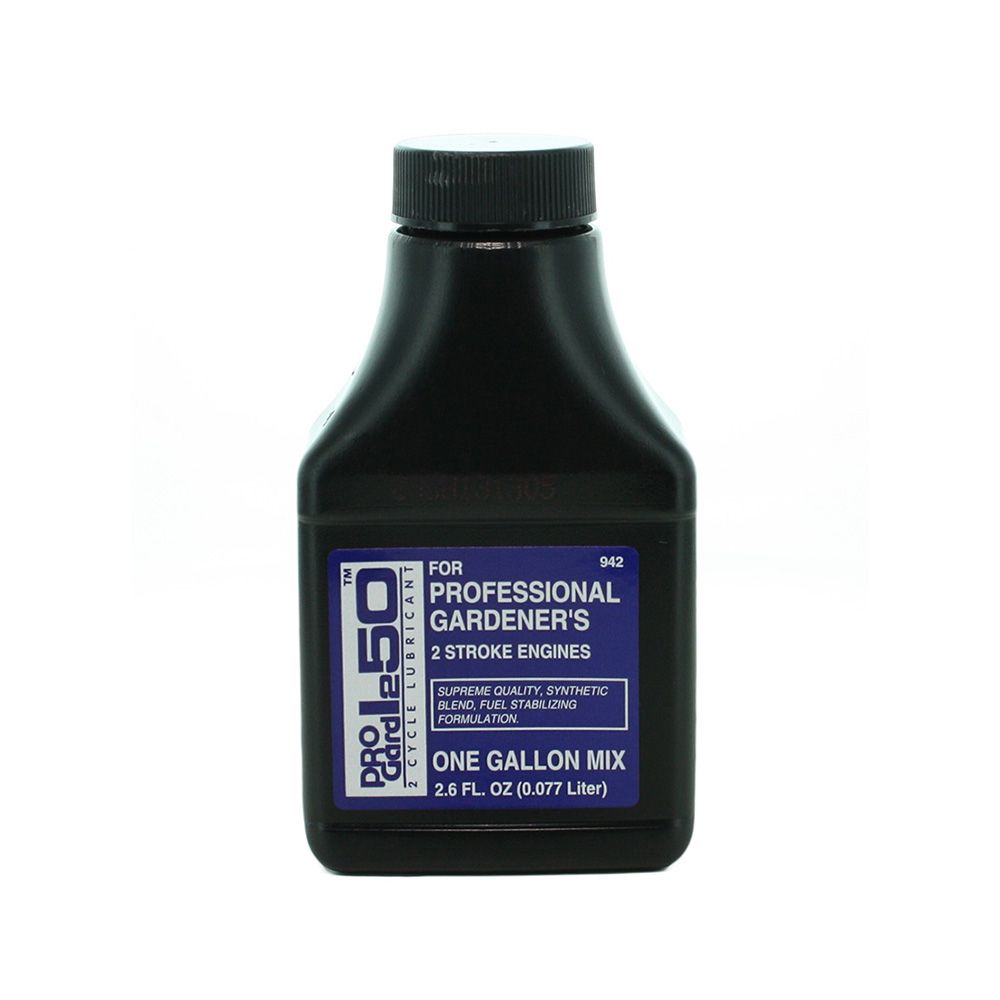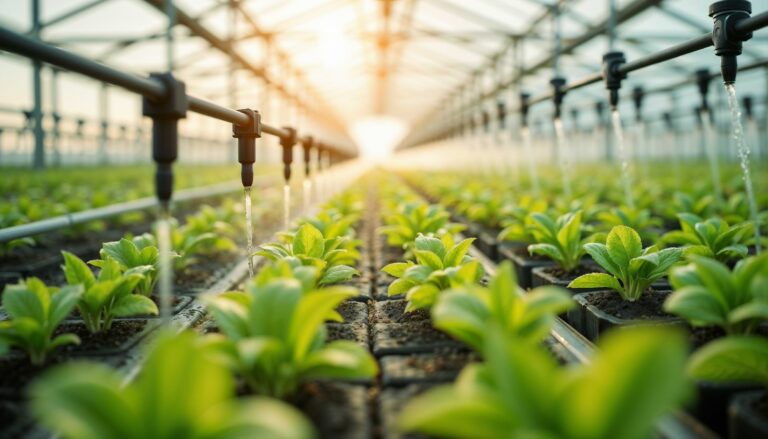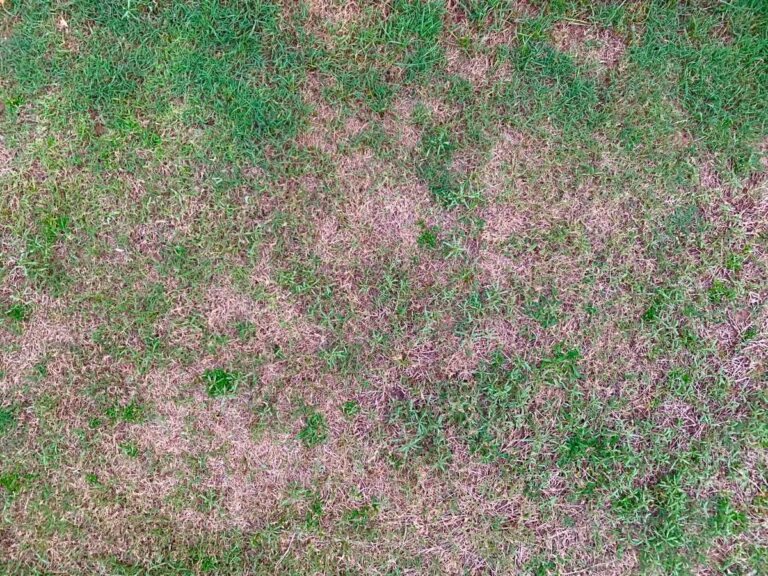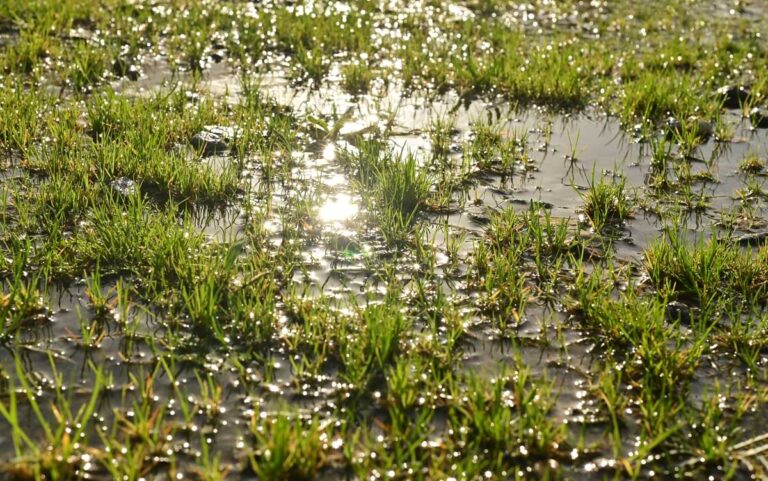Why Your Water Bill Is High
Water’s A Matter With You?
This article discusses the factors that could be causing your water bill to be high. So let’s talk about money. Yours, mine, yours, and yours. I do want to go over one water fact first. It’s a surprising fact to many people, even though it’s obvious. Fact: the Earth will never, ever run out of water. Ever. Never. Can’t happen until the Sun novas or the asteroid-to-end-all hits.
Great news, huh? Sure beats the not enough water to water the crops and not enough water to drink’ rants you hear all the time now. Want water? We have water.
All you have to do is pay for it. And it’s going to get very, very expensive. Costs are going up. Eden Prairie, Minnesota: +7%; Clay Center, Kansas: +26%; Hershey, Pennsylvania: +14%; Sacramento, California: +27%.
Eyes glazed over yet? Mine did and I’m writing this. Don’t want to pay? Fine, go get the water. It’s in the ocean (remove salt and fish before use) or the nearest lake (long walk in Arizona) or deep underground. Start digging.
Lack of Drinkable Water
The problem is not the lack of water. It’s the lack of drinkable water in particular areas. Lots of it today in Houston, Texas. Not so much in San Antonio, Texas. Or parts of Kansas, Nebraska, Utah, etc. Getting water from one place to another costs lots of money. Lots. Whether you are pumping from underground (now discouraged), piping in from near or distant lakes, or pulling from a river, it’s expensive.
And it’s not just the drought that’s causing prices to increase. Sometimes you are just mussel bound. No, not the gym kind. Mussel. Like aquatic animals. Zebra Mussels have clogged up water pipes at numerous municipal water supplies. The Great Lakes has them. Lake Takoma in Texas has them. They are clogging the water supply lines and are expected to cost the US $5 billion in control efforts and reparation. How big is this monster? About the size of a dime.
Society Isn’t Using Enough Water To Cover The Costs
What else is causing your water bill to go up? Surprisingly, the fact that we are using less water. Water districts have fixed costs/overhead, such as electricity, payroll, insurance, equipment, fuel, supplies, etc. All budgets are figured on an estimate of how much water is sold divided by overhead equals cost per gallon. Gallons sold/fixed costs = cost per gallon. Well, when you use less water (you mean everyone as a whole), the quantity of gallons sold goes down. This means the district does not sell enough to cover its costs. It now has to raise the cost per gallon to match the fixed costs. So the cost per gallon goes up and usually stays there.
Confused? Use the donut idea. Pretend you sell donuts for $.05 (5 cents) each and you clear $.01 per donut. Now say it costs you $1.00 to operate.
You have to sell 100 donuts to break even. If Weight Watchers moves into your neighborhood and half your neighborhood joins, you can only sell 50 donuts. This means you only make $0.50. That’s not $1.00 by a long shot. So you have to raise the price of each donut to $.06 to keep your $1.00 (ain’t finance fun!).
If Your Water Bill Is High, Try Conservation
Water costs are going up. Conservation does help, as it means we need fewer pumps and less piping. But, as you can see, it’s not a cure. The reasons are varied and the drought is involved but it’s not the only thing.
That’s it. Not trying to sell anything, except possibly water conservation. Just trying to help you understand where your money is going and why.
To learn more about water conservation visit How to conserve water with an irrigation system and Conserving water using mulch































